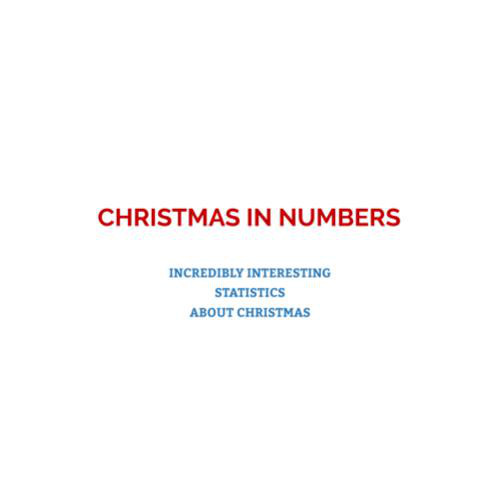ISOKYRÖ
KYRÖ
DISTILLERY
COMPANY
FINLAND
IN RYE WE TRUST
1. INTRODUCTION OF THE COMPANY
Kyrö Distillery Company (KDC) is a distilling company located in Isokyrö, Finland. Official company name is Rye Rye Oy.
Managing director is one of the founders Mr Miika Lipiäinen. Addition to him, four other persons founded the company in 2012.
Manufacturing, selling and marketing of rye-based spirits worldwide.
The breakthrough happened in 2015 when they won very distinguished prize in International Wine & Spirit Competition (IWSC).
The best gin & tonic in the competition was based on KDC’s Napue gin and story of KDC started to spread all over the world.
SUCCESS
Business idea
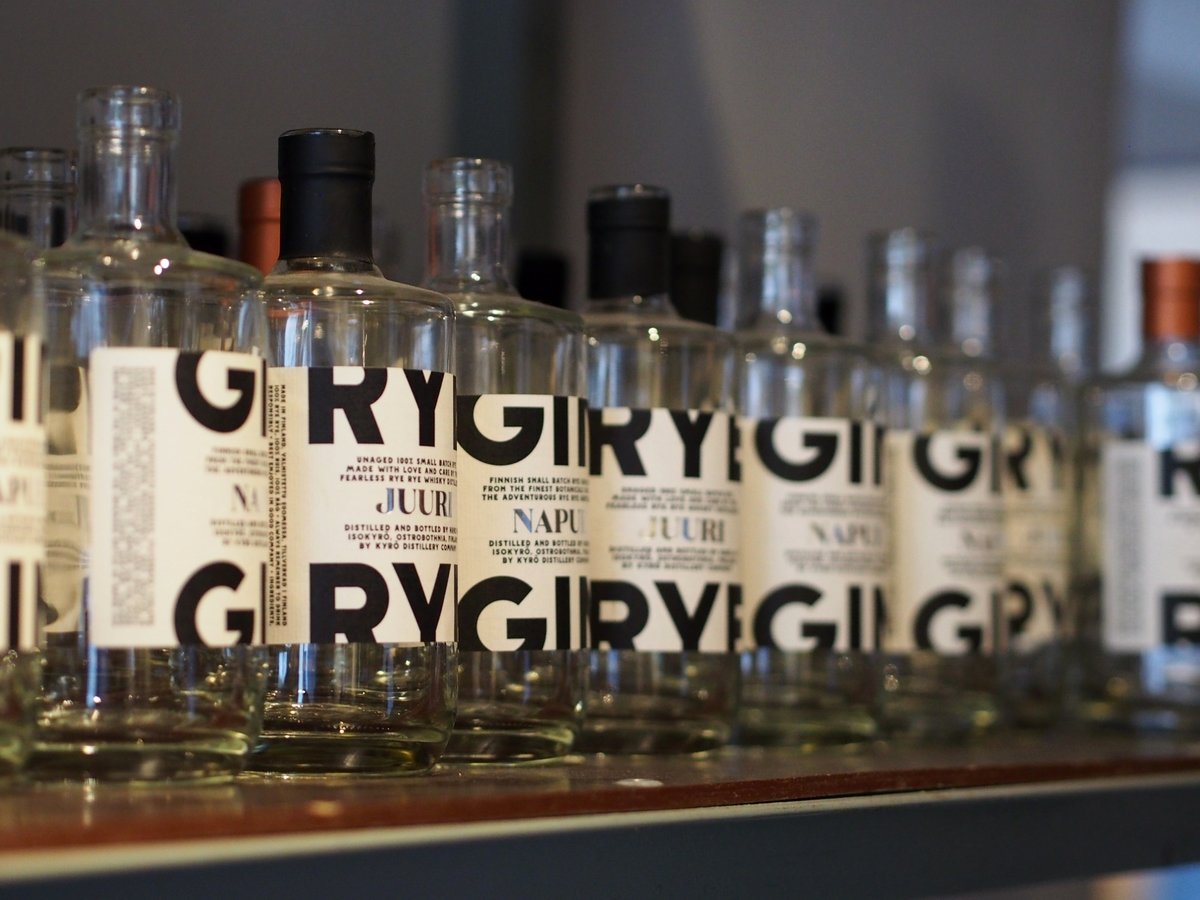
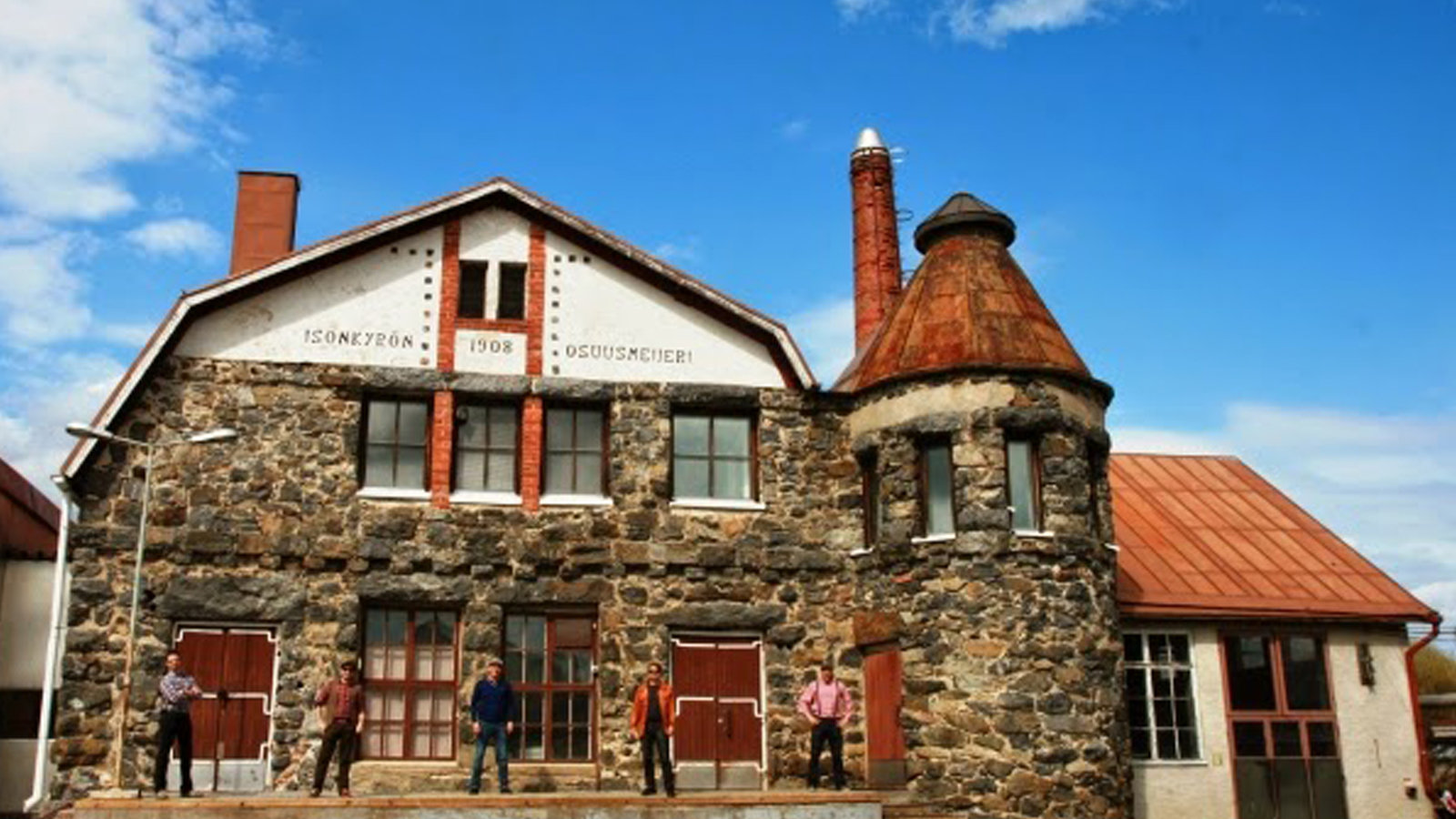
In this study we are introducing preliminary internationalization plan for KDC’s new product Long Kyrö.
The main objective of this study was to analyze which is the most potential target market for the selected product. For this study we have identified United Kingdom as a target market, but due to size of the market we focus on city of Manchester.
1.1 INTRODUCITION OF THE STUDY

Product analysis
Analysis of the market area (SLEPT)
Competition
Buying behavior
WE ANALYZED
Swot
Strategies
Budget
Financing
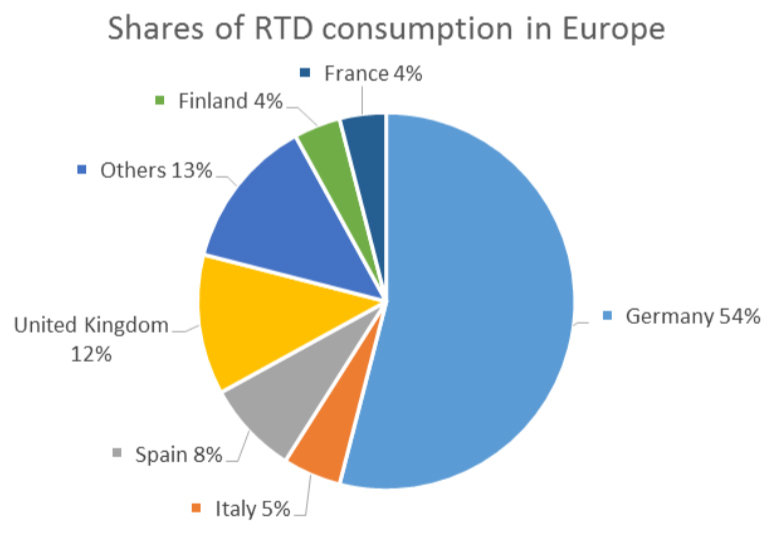
2. PRODUCT ANALYSIS
Long Kyrö was released in summer 2016. It is craft long drink based on Napue gin. It gets its taste from cranberries and rosemary.
At the time of writing this study, product is produced and bottled by Laitilan Wirvoitusjuomatehdas under license. Product is available only in Finland.

Long Kyrö have lots of herbs infused in mixture as well the bitterness is really strong.
One might say, its Hand-Crafted beverage, like craft beer. But it lacks usage of hops and malt in process of making. But taste-wise it’s really close to some sour-ale/lagers as well possible ginger-ale.
We think RTD’s is the best category for reflecting the data and analyze the consumer’s behavior.
We still need to understand the fact Long Kyrö is one of the only Gin-based mixtures and it has characters of hand crafted drink.
It’s still totally exceptional in every possible way, starting from ingredient, lack of sweetness, and for substantially longer after taste.
3. SLEPT
social
Small breweries are growing fast and gaining marketshare from bigger competitors. There's also high demand on their products.
Consumers are increasingly drinking in moderation and indulging in premium brands, with this trend set to continue over the coming years.
Breweries are trying to attract younger consumers by producing sweeter alcoholic drinks. These young consumers are more willing to try new and unexpected combinations.
economic
Big breweries products lose their position on the market for better products of smaller breweries.
Average unit price of alcoholic drinks is growing. If premiumisation continues at its current pace, then value growth should compensate for the slower growth expected in volume terms.
technological
Consumers are increasingly buying more alcohol from the Internet.
New technology allows online orders on mobile devices.
Customers compare products and get to know what's new with mobile devices from different online shops and from advertising.
political
The government seeks to tighten legislation on alcohol to reduce the social costs of alcoholism.
Brexit may negatively affect cooperation with the European Union. This may lead to yet unknown problems with importing and exporting products.
legal
The health select commitee has proposed to introduce minium price to discourage consumption of cheap alcohol.
4. COMPETITION
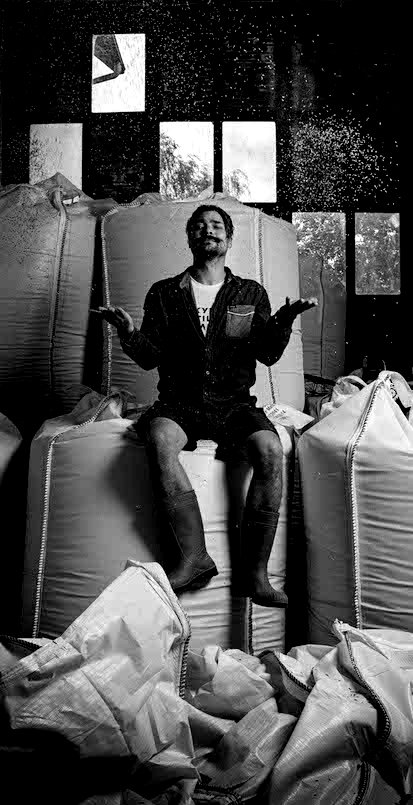
One of the reasons we thought KDC’s long drink could have potential consumers is the fact there is no big competitors in that category.
The biggest brands are focusing on vodka or rum-based mix. We have unique product in market by having a gin-based mix.
Although, even we have unique product, it’s still hard to change a habit of the customer to switch their regular product to another.
5. BUYING BEHAVIOUR
The volume of alcohol sales have been decreased 1% in the UK since 2015, in the other hand the value of sales has been increased 2%.
This is the new trend of of buying less but better.
The development of new techonology with smartphones, computers and tablets has opened a new alcohol market in the internet.
In the United Kingdom the legal drinking and purchasing age is 18. Among the 20-35-year-old consumers the off-trade consumption is still greater than the on-trade in 2015.
On the other hand they will purchase pricier products, like a premium beer or a good cocktail.
6. SWOT
Strenghts
Weaknesses
Opportunities
Threaths
Strong brand
Experience about international sales and logistics
Rewards and prizes from international competitions
Unique products
Small and effective organization
Possibility to outsource production
Limited in-house capability to produce products
Only few products
UK partners are small players in the market
Limited resources (sales & marketing)
No experience from RTD category
Successful product strategy
Not many rye-based products in the market
Increasing demand for Premium-drinks
Gin-based drinks are trendy all over the world
Changes in government/EU policies might open new
opportunities
Government/EU policies
Brexit
Increasing amount of craft distilliries
Lack of ingredients
Quality issues
Health trends
7. STRATEGIES
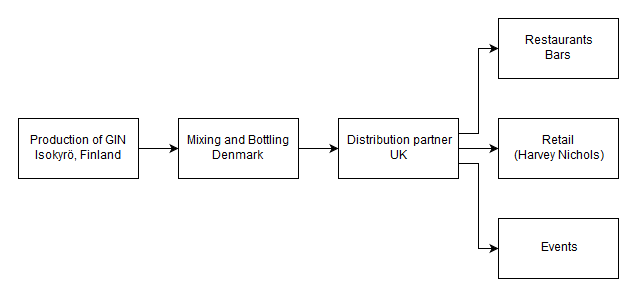
Model production and distribution
7.1 Marketing strategy
KDC does not want to profile itself as a one gender serving distillery. The main customer can be considered as consumers who appreciate authenticity, fairness & quality.
The product and the company image has been carefully and thoughtfully constructed.
Product packaging is clear and the colors are defined with care.
For the UK market the packaging size of Long Kyrö Gin could be reduced from 0,33l to 0,275l. Also multi-packs should be available in supermarkets for higher consumption.
One of the main marketing tool has been storytelling due to the legislation in Finland, but in the UK It is regulated but allowed to advertise alcoholic drinks online and digitally (self-regulated).
Social Media Marketing could be a great tool for KDC to be know among the target market.
Other marketing tools would be fairs, events and interviews.
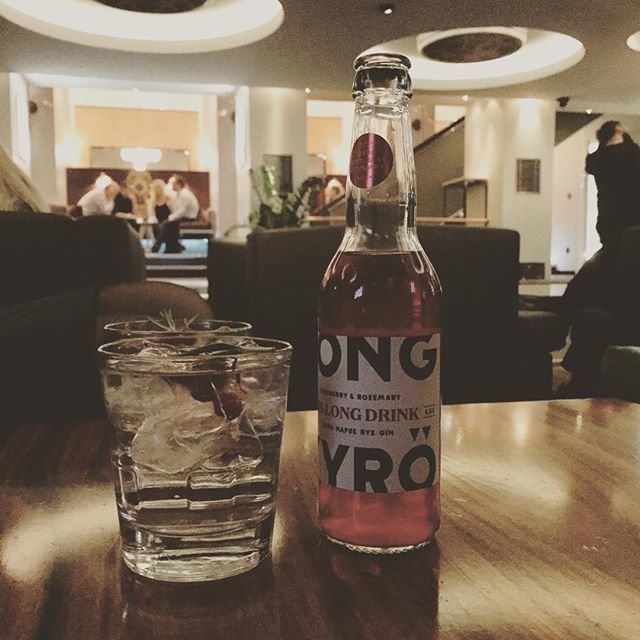
8. Budget
Estimated sales per year:
Cost of production:
Unit price:
Tax
Revenue
200,000 Bottles
€ 1 (£ 0.86) per unit
£ 3.99 (€ 4.63)
£ 0.64 (Vat. 16%)
£ 798,000.00
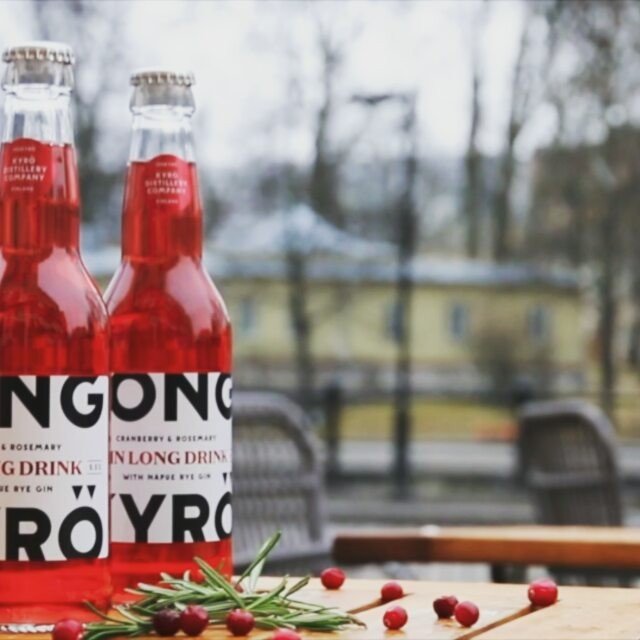
9. Financing
Start-up cost
Marketing cost
Resources
€ 50,000.00
€ 200,000.00
€ 100,000.00
€ 350,000.00
Total
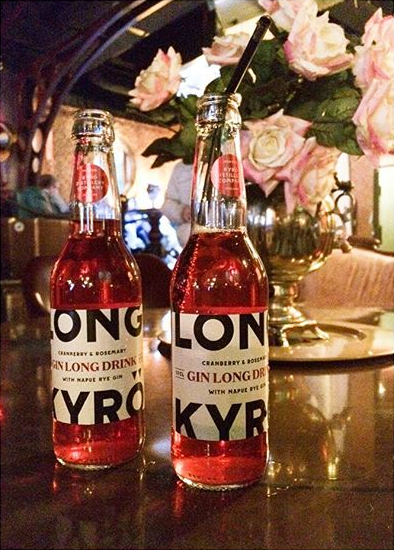
9. RECAP

Does it make sense?
Is it reasonable?
Is it something consumers will get exited about?
Does it fill a gap in the marketplace?
MADY BY
NOORA PEKKA SAMI TEEMU TUOMAS
RUOTSALAINEN PULKKINEN ORPANA LAINE UIMONEN
Exporting Kyrö Long to UK
By Teemu Laine
Exporting Kyrö Long to UK
Presentation of Kyrö Distillery Companys exporting plan. Made for Haaga-Helia University's course International Business IBU2LH001-116. This presentation uses fonts: - Napue Sans Lite - Tex Gyre Bonumregular Please install those fonts locally to your computer.
- 1,338
